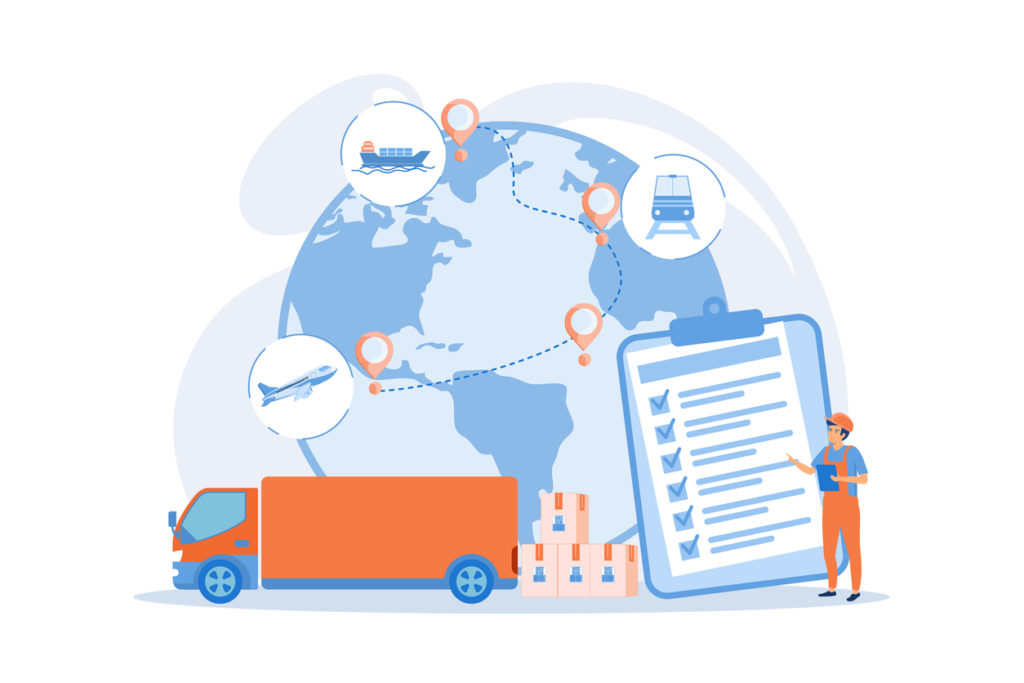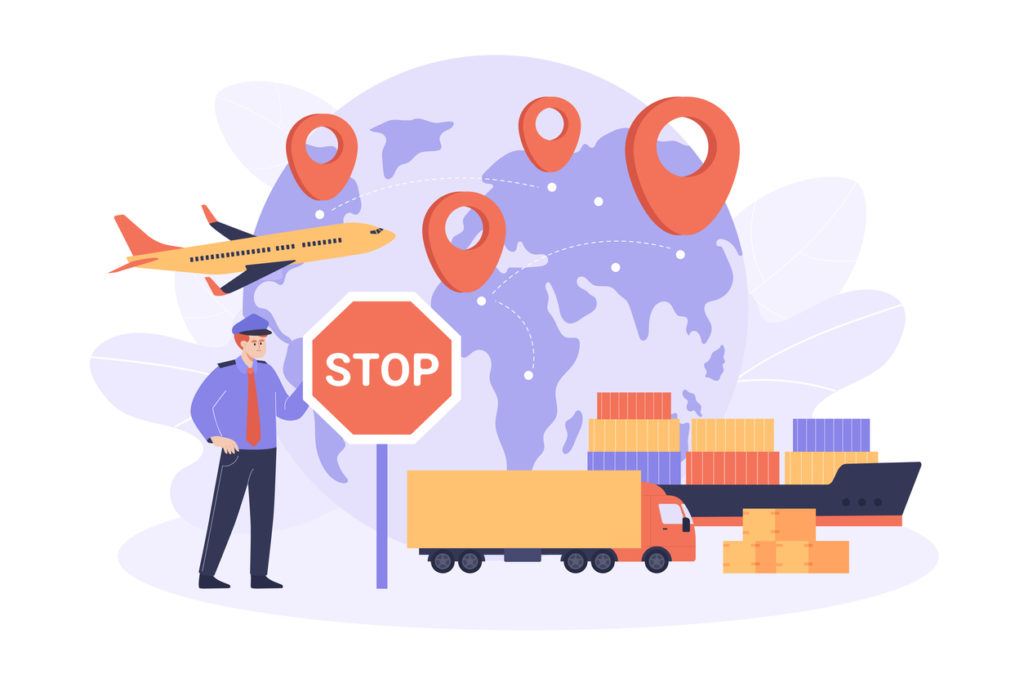What is a T2 document?
The most important points in brief: The T2 transit document allows goods that were previously in the customs union and are Community goods to be transported duty unpaid in the relevant territory (usually through a territory outside the customs union). This could be goods from Germany, for example, which you transport duty unpaid through Switzerland to Italy. The settlement of T2 therefore takes place in Italy.
The T2 document is a term that is important in the area of international trade in goods within the European Union (EU). This is a transit document that regulates the movement of goods without customs clearance between EU Member States and certain non-EU countries participating in the Common Transit Procedure (CTP).
Background
The European Union has agreed the common transit procedure with some non-EU countries, in particular with the EFTA countries (European Free Trade Association: Norway, Iceland, Liechtenstein and Switzerland). This procedure enables the duty-free transportation of goods through these countries without customs duties or taxes being levied. This is particularly advantageous for companies that have to transport their products through various European countries.
Function and use
The T2 document is used when goods:
- are transported from an EU country to another EU country via a non-EU country (e.g. Switzerland).
- are transported from a non-EU country that participates in the GVV to an EU country and the goods have not been cleared through customs in the non-EU country.
The T2 document serves as proof that the goods are being transported under the common transit procedure. It certifies that the goods will be cleared through customs or forwarded accordingly in the country of destination. When the goods reach the destination country, the T2 document is presented there and then stamped and closed.
Advantages of the T2 document
The T2 document has numerous advantages for companies:
- Simplified clearance: Due to the presence of the T2 document, the goods are not checked in detail at the borders, which speeds up the transportation process.
- Cost savings: companies do not have to pay customs duties or taxes when passing through non-EU countries that participate in the GVV.
- Flexibility: Companies can choose the most optimal and efficient transportation routes without having to worry about additional customs procedures.
Closing thoughts
The T2 document is a crucial tool in the international movement of goods within and outside the EU. It promotes trade and facilitates the transportation of goods across Europe. For companies operating in this area, it is beneficial to have a thorough understanding of the system and the relevant documents in order to make the movement of goods as smooth and cost-efficient as possible.
Further links on the subject of T2 documents
What can we help you with?



